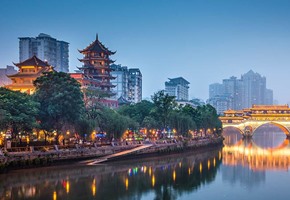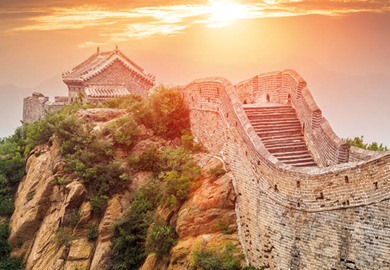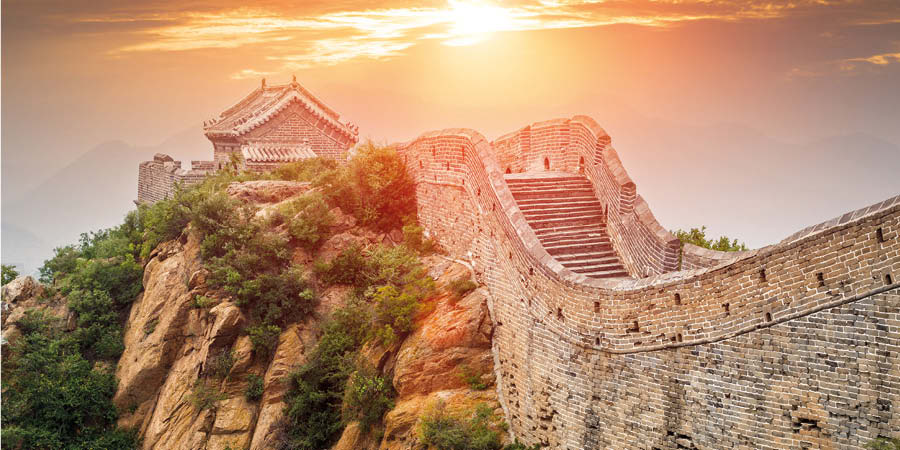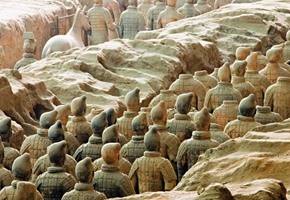
What to Expect When Travelling to China
28/04/2025 · By Tim Hall
Discover expert insights into what to expect when visiting China from Great Rail Journeys Tour Manager Tim Hall, from iconic landmarks to meeting locals.
Read moreLocated in Xi'an, close to the burial mound of Shi Huang, the first Emperor of China, is the Terracotta Army (or Terracotta Warriors and Horses). Created during the Emperor's reign and buried with him in 210-209 BC, the army of over 8,000 soldiers, 130 chariots, 520 horses and 120 cavalry horses was only discovered in 1974 by local farmers - entirely by chance.
The full extent of the Mausoleum to Qin and the Terracotta Army is not yet known, although historians from a time shortly after the Emperor's death record as many as 700,000 local craftsmen and hired labourers in specially designated workshops being involved in the construction. After being brightly painted to create a realistic appearance and fitted with real weapons, the figures were placed into specially dug pits, lined up in order of rank and duty, where they remain today. Now protected as a UNESCO World Heritage site in China, these figures are just one way you can reveal the storied past of this ancient nation.
Find out more with a free brochure and enjoy weekly travel inspiration and offers in our e-newsletter.





 (34 reviews)
(34 reviews)Uncover an incredible blend of breathtaking modernism and beautiful imperial history on a tour of China's ancient and modern wonders. Step into history during visits to the iconic Forbidden City, Temple of Heaven and the Great Wall of China while in Beijing. Travelling by high-speed rail, explore ancient Xi'an and its astonishing...
